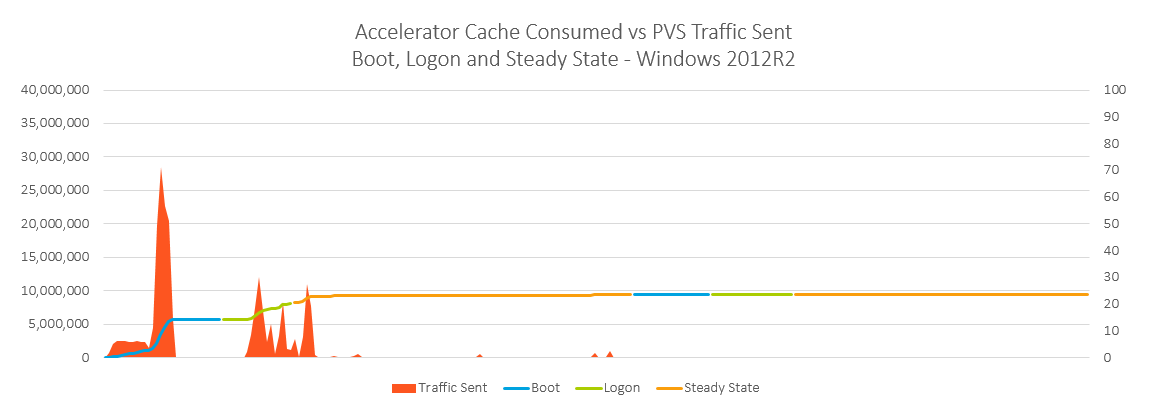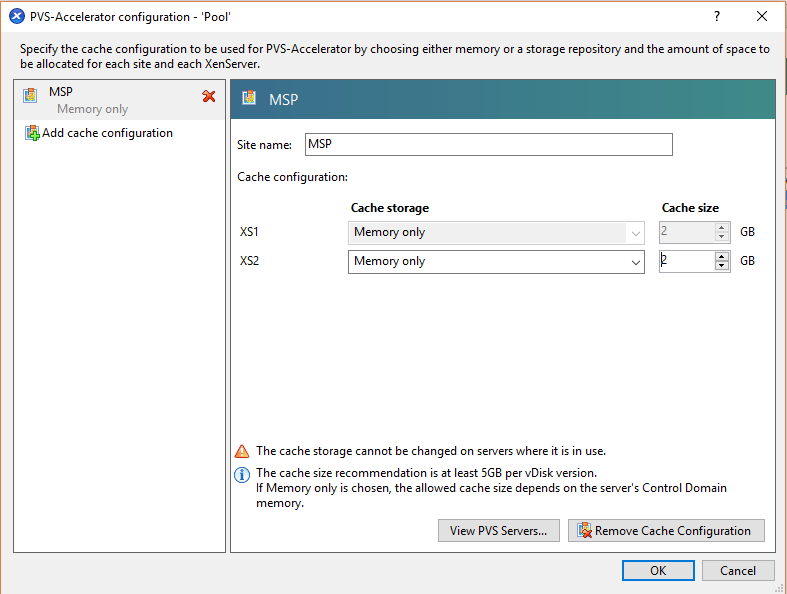This is a multi-part blog series focused on optimizing Windows 10 VDI Part 1: Optimizing default apps Part 2: Optimizing Windows services Part 3: Optimizing scheduled tasks As we saw in a previous blog, Microsoft added new default apps into the base operating system with each major release of Windows 10. These updates will have… Continue Reading →
Optimize VDI: Windows 10 Default Apps
This is a multi-part blog series focused on optimizing Windows 10 VDI Part 1: Optimizing default apps Part 2: Optimizing Windows services Part 3: Optimizing scheduled tasks Roughly every 6 months, Microsoft releases a new major update to Windows 10. Microsoft continues to add new capabilities into the base operating system that will have an… Continue Reading →
XenServer PVS Accelerator Sizing – Part 2
As you might have read, I recently ran a few XenServer PVS Accelerator tests to determine a starting point for the cache size. This initial investigation looked at Windows 10 and Windows 2012R2 for boot and logon operations. Looking back, I determined that I want to include three additional items Impact of a larger cache… Continue Reading →
Windows Server 2016 Optimizations for Citrix XenApp
When it comes to operating system optimization, I have two sides battling with each other. Although optimizing does improve single server scalability, I believe the more you mess with the OS the greater your chances are that you will break something. Default Apps Unlike Windows 10, which had numerous default apps that increased user logon… Continue Reading →
XenServer PVS Accelerator Cache Sizing
How large should we make our PVS Accelerator cache? Too large and we waste resources. Too small and we lose the performance. Let’s take a step back and recall our best practice for sizing the RAM on Provisioning Services. We would typically say allocate 2GB of RAM for each vDisk image the server provides. This… Continue Reading →

